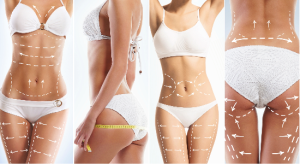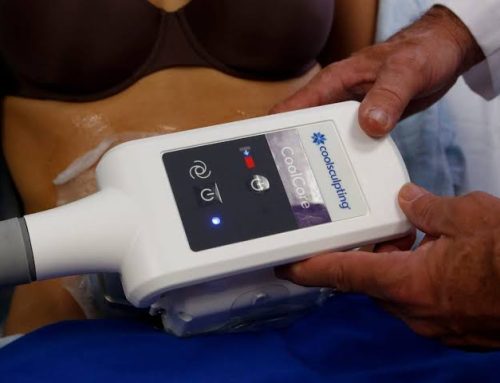Introduction
Liposuction is a popular cosmetic procedure designed to remove stubborn fat deposits and sculpt the body contours. However, swelling is a common side effect following liposuction surgery, which can last for several weeks or even months. Understanding how to effectively manage swelling is crucial for a smooth and successful recovery process. In this article, we explore practical tips and post-operative instructions to help reduce swelling after liposuction and promote optimal healing.

How much swellings are normal after Liposuction?
The amount of swelling experienced after liposuction varies from person to person and depends on several factors, including the extent of the procedure, the individual’s body composition, and their overall health. In general, swelling reaches its peak around day 3 following liposuction and gradually subsides over the course of several weeks. While the bulk of swelling typically diminishes within 3 to 4 weeks post-surgery, it may take several months for residual swelling to completely resolve. It’s important to note that each individual’s healing process is unique, and factors such as post-operative care, adherence to recovery guidelines, and lifestyle habits can influence the duration and severity of swelling. Consulting with your surgeon and following their recommendations can help manage swelling and promote a smoother recovery journey.

How to reduce swellings after Liposuction?
The bulk of liposuction swelling typically peaks around day 3 post-procedure and gradually subsides over the following weeks. While swelling is a normal part of the healing process, there are steps you can take to minimize its duration and severity:
- Wearing a Compression Garment:
- A compression garment is a vital component of post-liposuction recovery. It provides support to the treated areas, reduces fluid buildup, and promotes faster absorption of swelling. Follow your surgeon’s instructions regarding the duration and frequency of wearing the compression garment to maximize its effectiveness.
- Applying Ice Packs:
- Cold compresses or ice packs can help alleviate swelling and discomfort during the initial days following liposuction. Apply ice packs to the treated areas for 15-20 minutes per hour to constrict blood vessels and reduce inflammation. However, it’s essential to follow your surgeon’s guidelines to avoid adverse effects.
- Consider Manual Lymphatic Drainage Massage:
- Manual lymphatic drainage (MLD) massage is a specialized technique designed to enhance lymphatic circulation and reduce swelling. Consult with your surgeon to determine if MLD massage is suitable for your recovery process. A qualified therapist can perform gentle lymphatic drainage massages to promote fluid drainage and accelerate healing.
- Monitor Salt Intake:
- Sodium-rich foods can contribute to water retention and exacerbate post-liposuction swelling. Reduce your salt intake and opt for low-sodium alternatives to help minimize swelling and promote overall health during recovery.
- Stay Hydrated:
- Adequate hydration is essential for facilitating the body’s natural healing processes and reducing swelling. Drink plenty of water throughout the day to maintain hydration levels and support optimal recovery from liposuction surgery.
- Incorporate Gentle Exercise:
- Engage in light physical activity such as short daily walks to promote circulation and reduce the risk of blood clots. Avoid strenuous exercises or activities that may increase swelling or discomfort during the initial recovery period.
- Try Dry Skin Brushing:
- Dry skin brushing promotes lymphatic drainage and stimulates circulation, which can help alleviate swelling and promote detoxification. Use a natural bristle brush to gently brush your body before showering or bathing to experience the benefits of dry skin brushing.

Conclusion
Reducing swelling after liposuction is a crucial aspect of the recovery process and can significantly impact the overall results of the procedure. By following these tips and post-operative instructions, you can effectively manage swelling, minimize discomfort, and promote optimal healing. Remember to consult with your surgeon for personalized advice and guidance throughout your liposuction recovery journey. With patience and proper care, you can achieve the desired aesthetic outcomes and enjoy the benefits of a smoother, more contoured physique.
Disclaimer: The content on this blog is intended for general informational purposes only. It is not a substitute for professional medical advice, diagnosis, or treatment. Always consult qualified healthcare providers for personalized advice. Information regarding plastic surgery, dental treatment, hair transplant, and other medical procedures is educational and not a guarantee of results. We do not assume liability for actions taken based on blog content. Medical knowledge evolves; verify information and consult professionals. External links do not imply endorsement. By using this blog, you agree to these terms.





